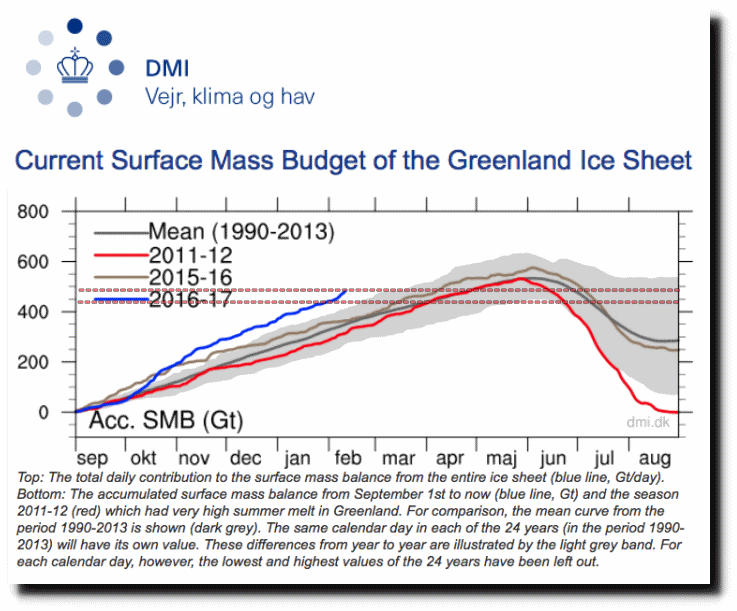mamooth
Diamond Member
- Aug 17, 2012
- 34,795
- 17,985
Please tell us how much 33F water is required to lower the North Atlantic ocean one degree.
Please tell us why you think the whole ocean has to be chilled.
You're just stupid. As I keep telling you, you have no business bothering the grownups with your idiot prattle.
Last edited:

